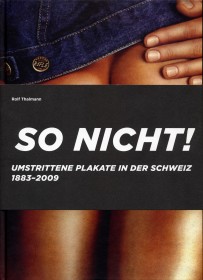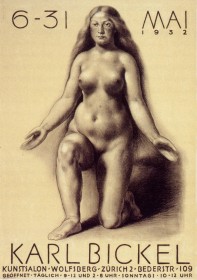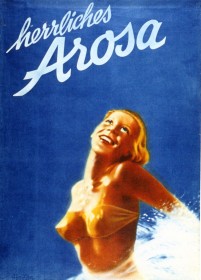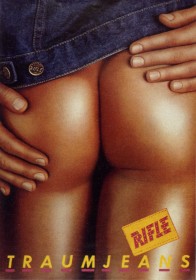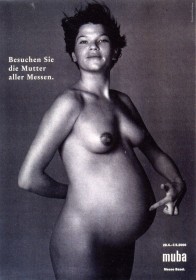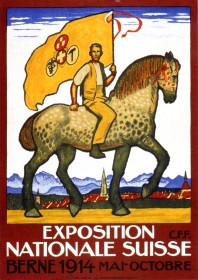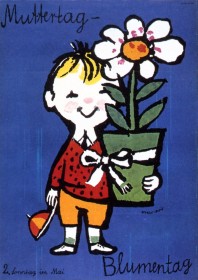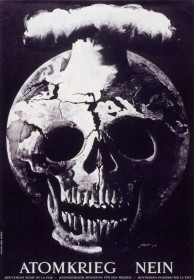|
Rolf Thalmann, the former curator of the poster collection at the School of Design in Basel, Switzerland,
had a longtime interest in controversial posters, going back to a short chapter "Forbidden posters" in Bruno Margadant's 1983 book on "Swiss Posters 1900 - 1983".
Since then, he carefully collected and archived all the facts about posters that somehow stuck out of the ordinary and provoked angry
letters to the editor of the local paper, police intervention, parliamentary debates, even discussion before the federal courts,
but also led to amused jokes during the local carneval celebrations. Thalmann's research, mostly among the holdings of the 60'000 posters in his collection,
revealed about 400 items from 1883 to the latest poster just pasted a few weeks befor the publication of the book in December 2009.
All of them are illustrated, discussed and documented with detailed references, an impressive body of work.
The book starts with a summary of the past and current legal situation in Switzerland about what can be shown on posters and what not, and
who is responsible for law and order. It becomes clear that regulating taste and public morale
is a difficult task, often quite arbitrary, and in frequent need of revision.
The next chapter analyzes the reasons for the controversy: Sex, esthetic problems, damage to persons or companies, politics and religion. It concludes
with short text chapters on controversial advertising, on famous poster cases outside Switzerland, and controversial paintings, movies, books and music.
|
